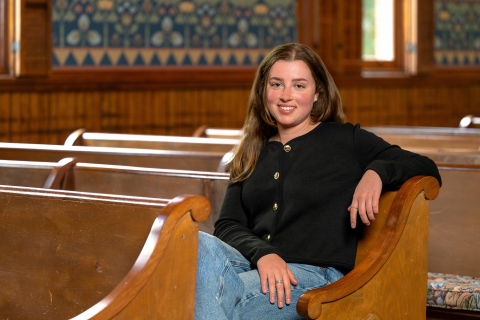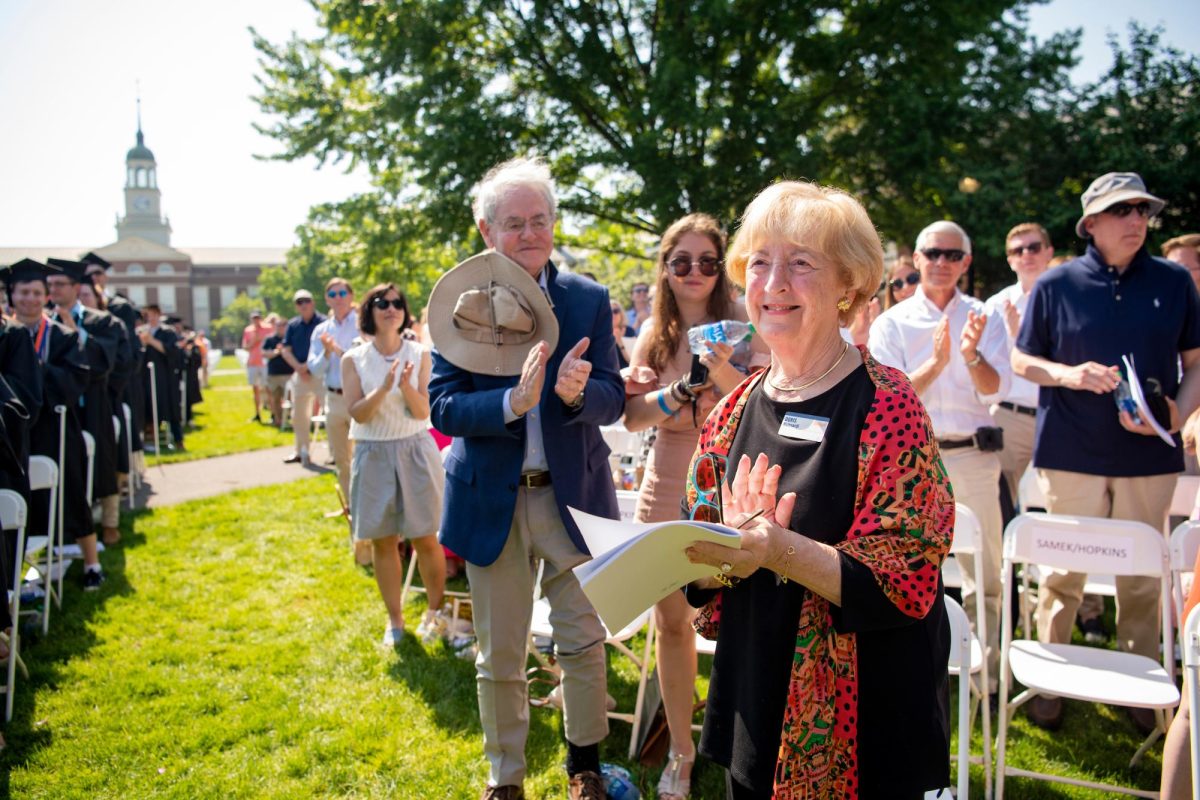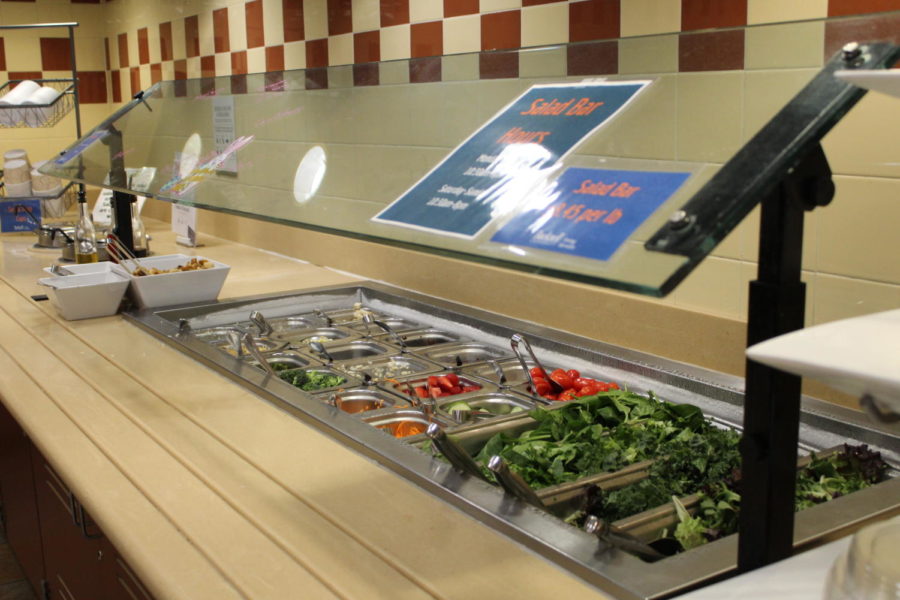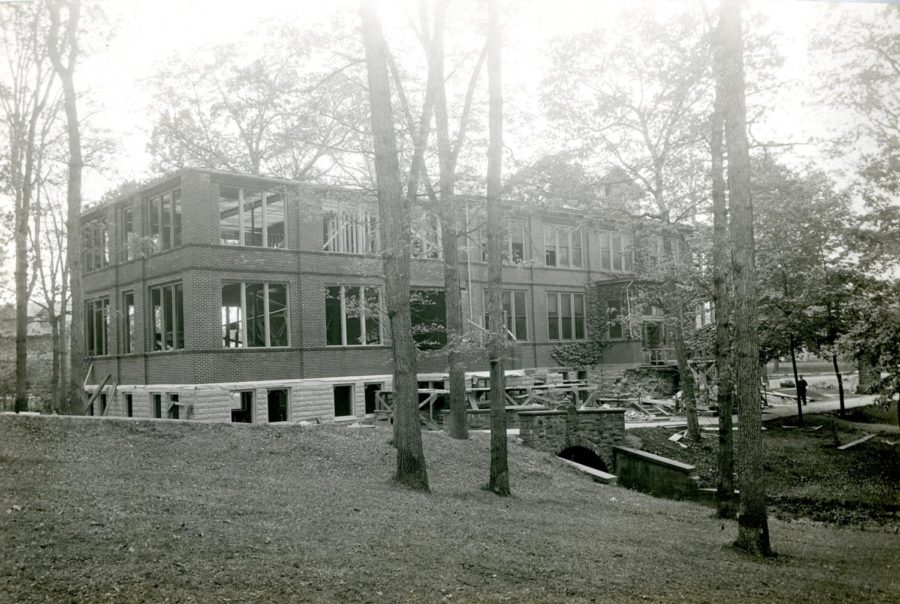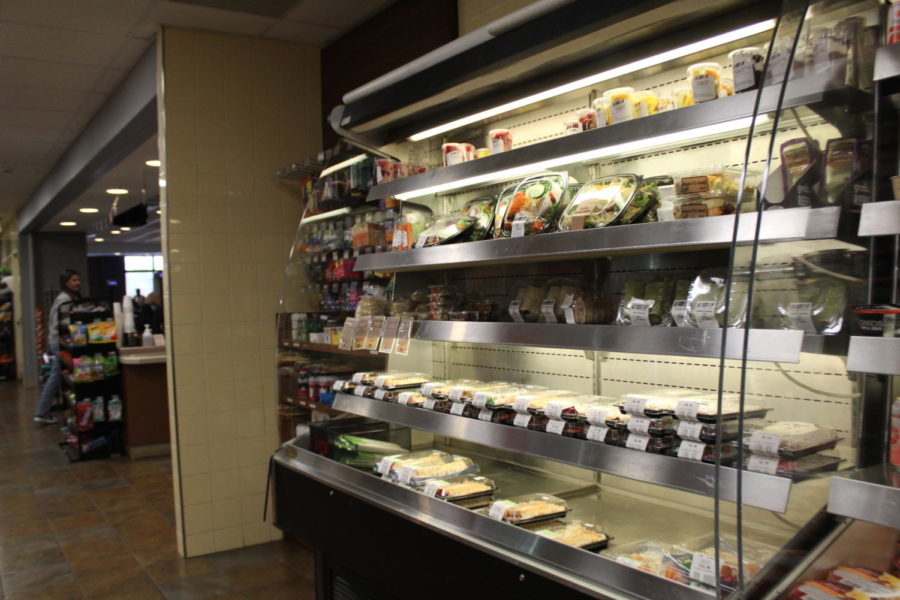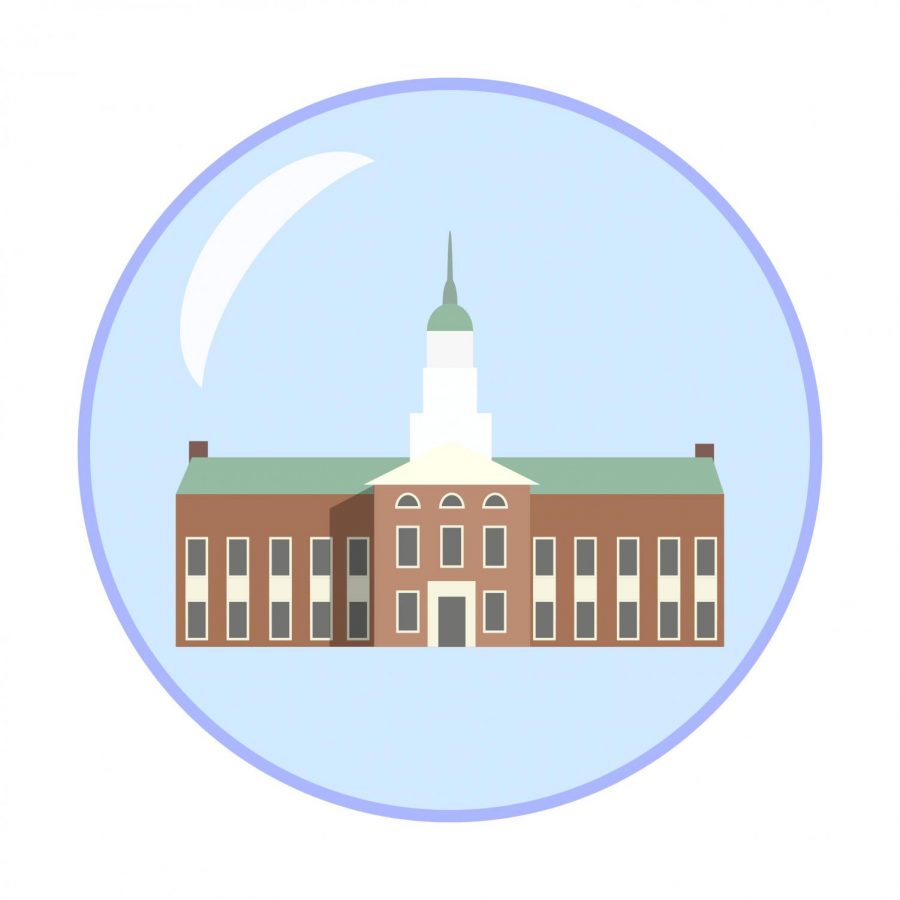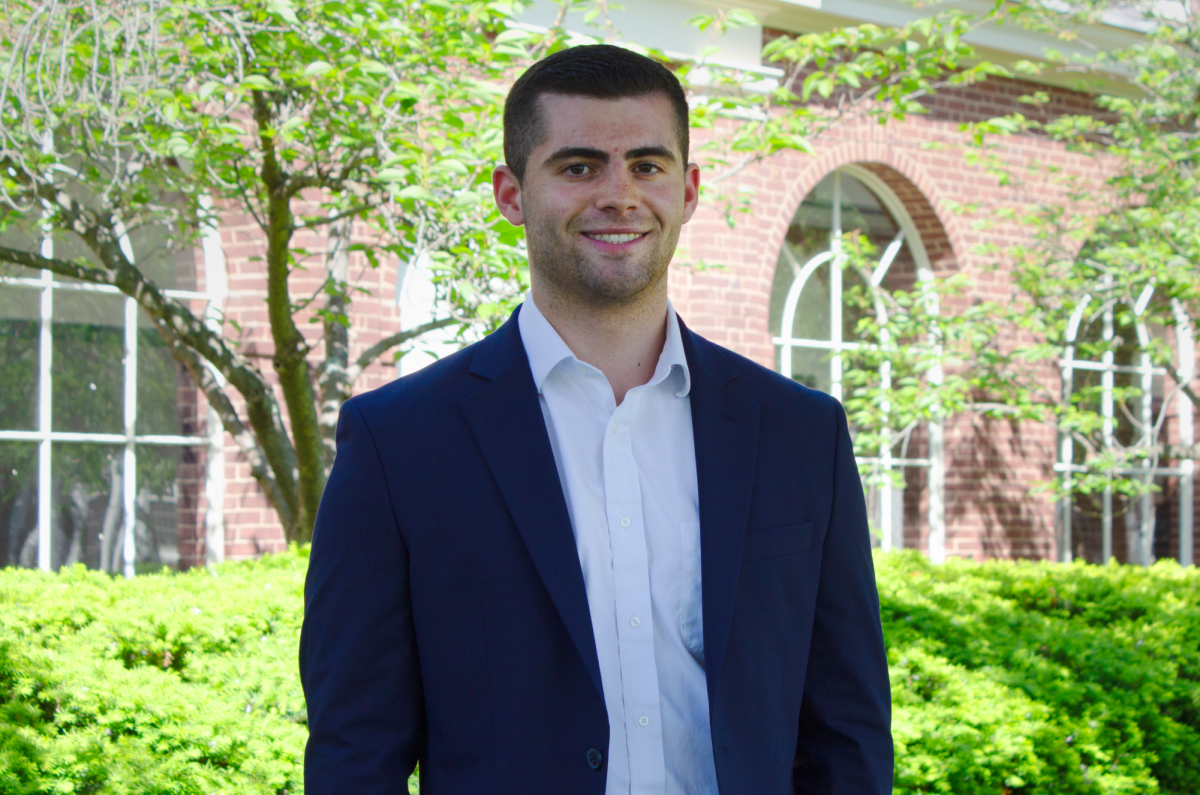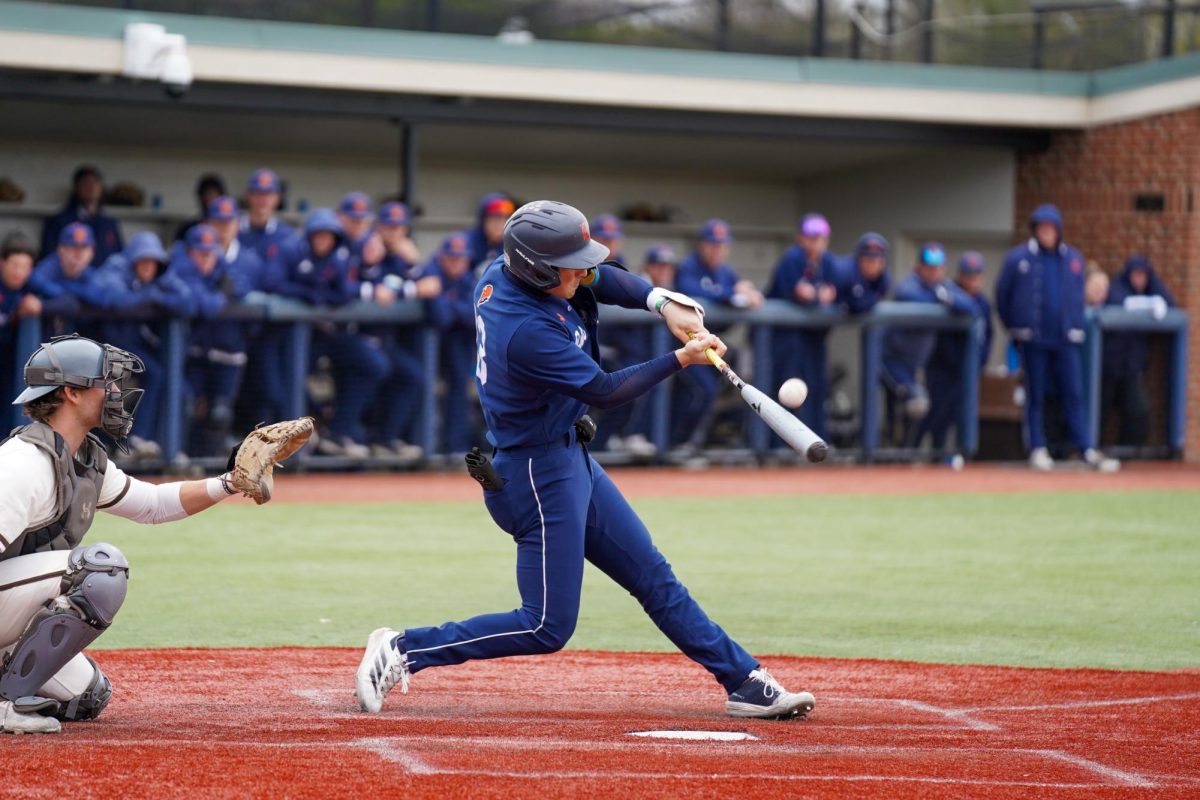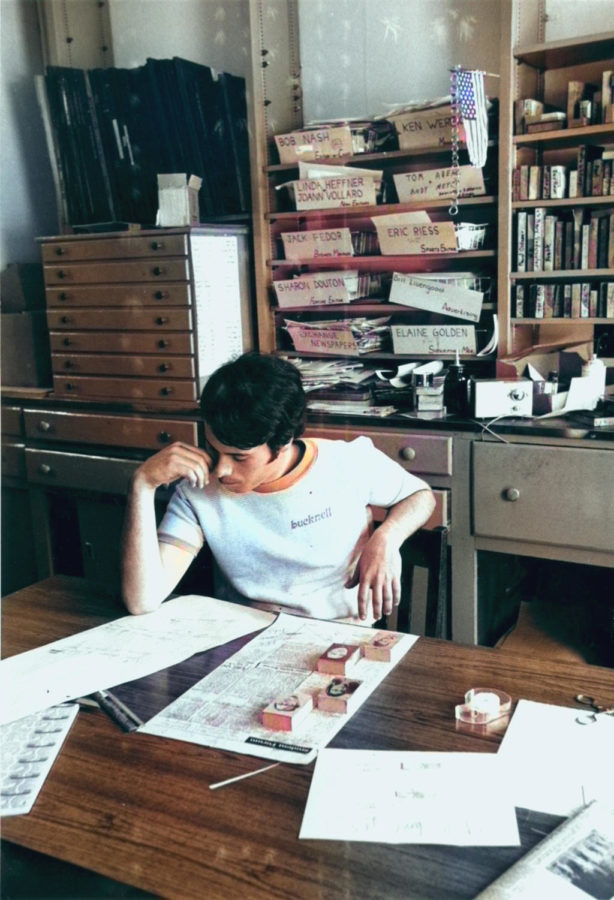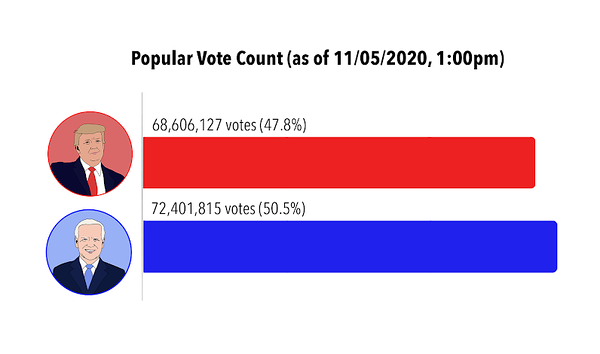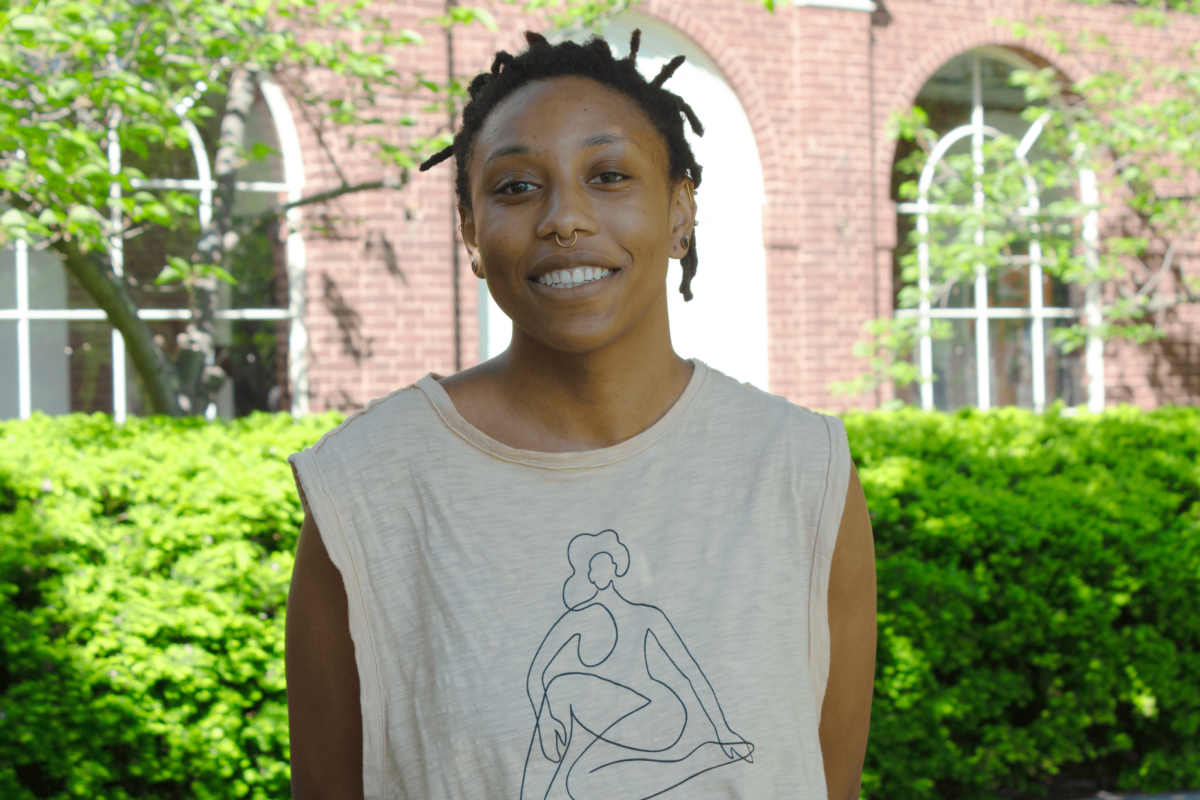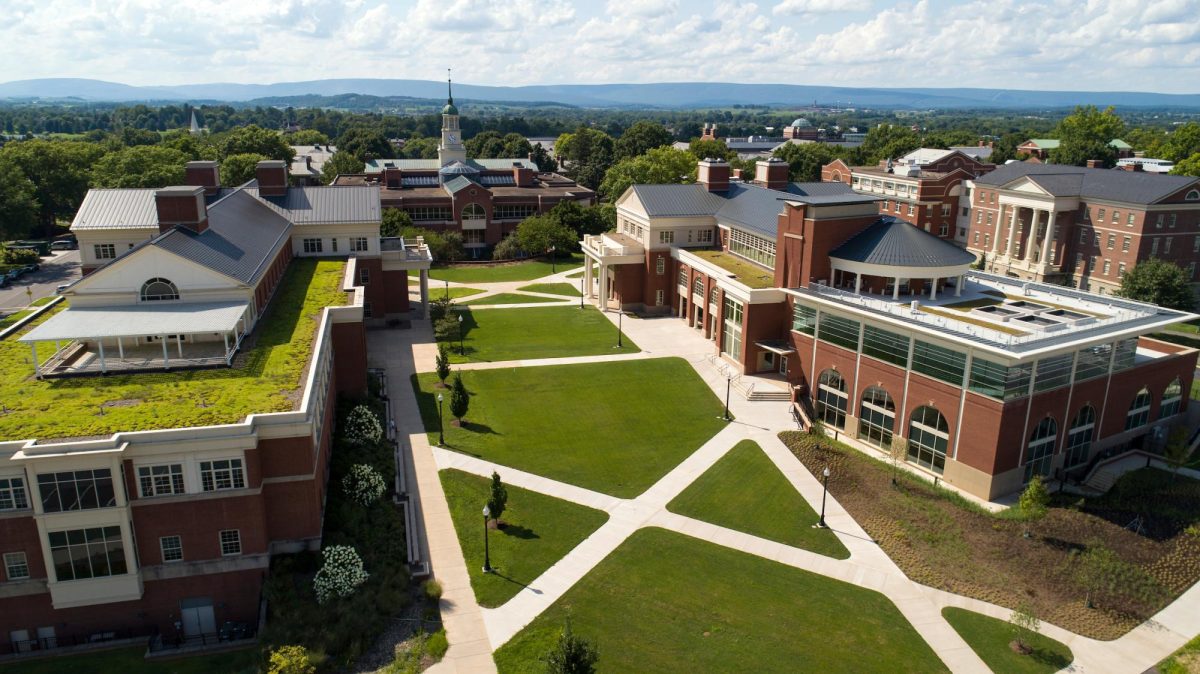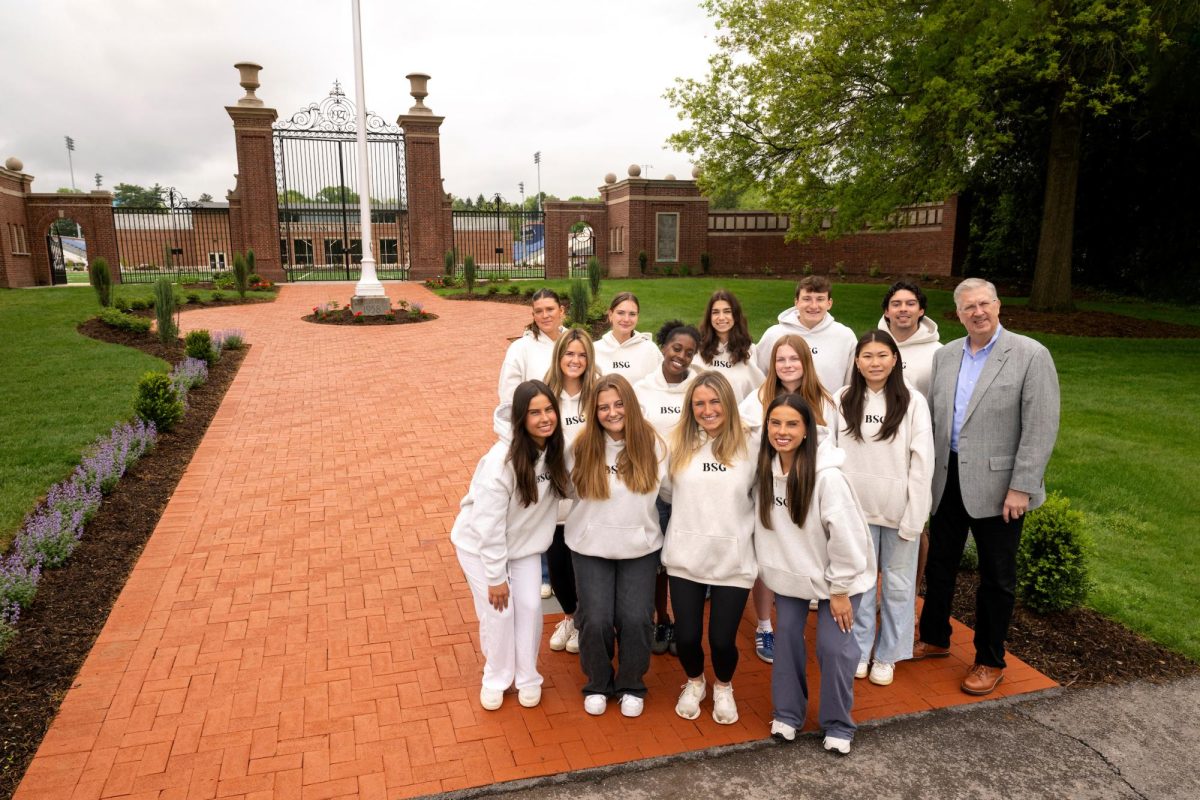While walking around campus, and surely many other spaces, you may notice areas where the grass has been worn away or the bushes have been parted. These are referred to as “desire paths,” created due to foot traffic over time as multiple people have decided to take that route. In most cases, they were formed either because existing paths were not the best route or because people wanted access through a natural barrier. With that, if people have decided that this alternative path is the best one, why are they so rarely considered by masons?
There are instances where universities have taken them into consideration, such as Ohio State, Virginia Tech and UC Berkeley. They allowed students to wear their own paths into the campus over time and then paved over them.
While this exact method may not have been used, Bucknell’s campus almost entirely consists of very direct paths, most notably in the Malesardi Quad. Each path intentionally leads from one entrance to another between Bertrand Library, Coleman Hall, Vaughan Literature Building and the stairs leading downhill. The smaller quads utilize this method as well, as seen with the science quad and the paths between Academic East and West. But for some reason, this was not applied to our newest academic building on campus: Holmes Hall.
I’ve had several classes in Holmes, but for the past academic year, I’ve also had to walk around it when heading anywhere else from the South Campus apartments. Unlike the rest of campus, the paths around Holmes curve with its bent structure. Further, there is a squiggly path that connects the parking lot to the front entrance— there is not a single other path on campus like this. It’s such an inconvenient path that it has led to one of the most defined desire paths on campus. This is largely because it only leads to the Holmes door and not to the adjacent sidewalk heading towards the rest of campus. In fact, these pathways are so inconvenient that many—myself included—choose to pass through Holmes instead, especially during the colder months.
You may be wondering, why does all of this even matter? At Bucknell, it matters because the direct pathways on campus are that way for a reason, because the fastest way from point A to point B is a straight line. Almost everyone on campus who is heading somewhere on foot, particularly to classes or meetings, has one goal: to get there quickly and on time. With this goal in mind, no one wants to follow a swirling path just to respect the landscaping. In the end, it’s a waste of the resources and effort put into valuing aesthetics over efficiency.
I’ll admit that there are reasons not all paths are able to be direct. If there is a decades-old tree in the way, I’d rather the path be curved around it than the tree be cut down. There are also cases where a path is not what is needed, but another approach. Another notable instance of desire paths on campus are the ones embedded in the mulch incline between the Moore Avenue parking and the ELC. When heading upwards from a parked car, it’s almost safer to take the steep walk through the mulch than to head to a path as cars whiz past you. And, as always, it’s more direct. While a very steep path up this hill may not be the solution, a stairway could be.
So, as you walk across campus, take note of the times you stray from the path and why you choose to do so. Look for the desire paths beneath you. Perhaps even consider my far more outrageous proposal: a campus-wide system of underground tunnels.

